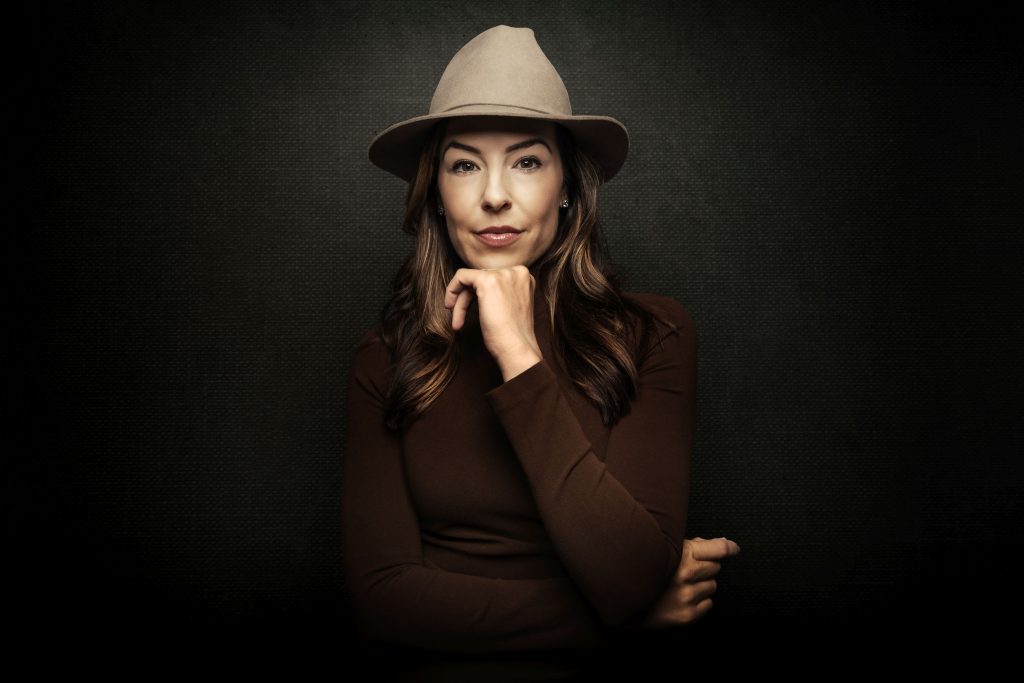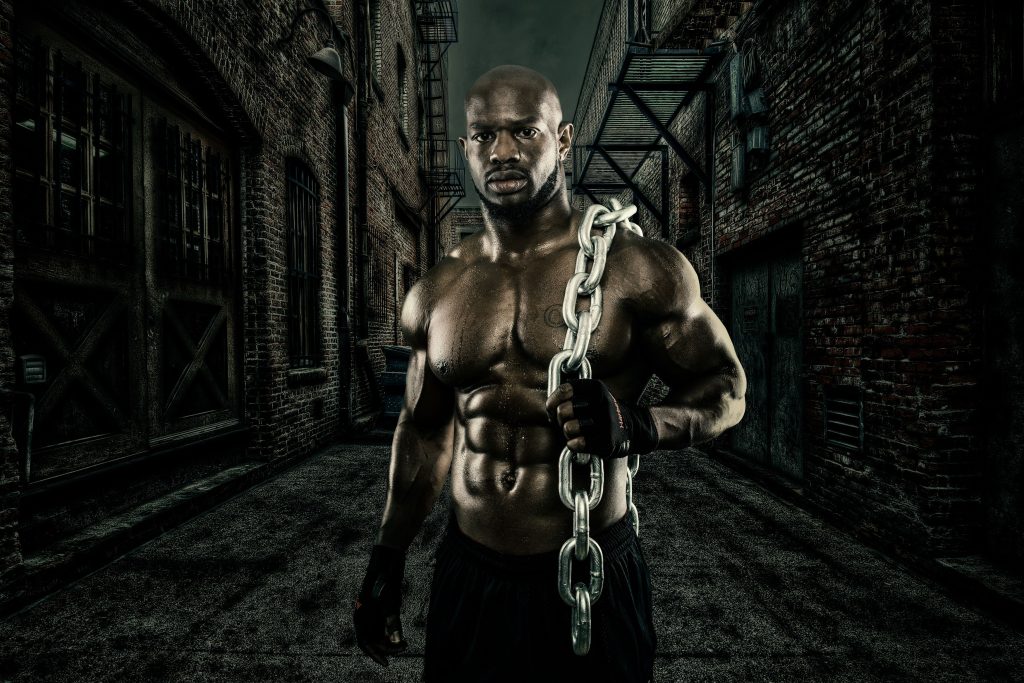AI Headshots vs. Professional Headshots: A Comprehensive Comparison
In today’s digital world, headshots are more important than ever, whether for a professional portfolio, LinkedIn profile, or personal branding. As technology advances, AI-generated headshots are becoming increasingly popular, but how do they compare to traditional professional headshots taken by photographers? This article explores the key differences between AI headshots and professional headshots, helping you decide which is right for your needs.
What are AI Headshots?
AI headshots are generated through artificial intelligence software that uses algorithms to create realistic, high-quality images of individuals. These platforms often ask users to upload several photos of themselves, and the AI then processes these images to create a polished headshot. Some AI services can even generate headshots based on limited input, offering users the ability to adjust features like background, attire, and expression.
The primary appeal of AI-generated headshots is convenience. They are usually faster and more affordable than booking a session with a professional photographer. Many services also provide instant previews, allowing users to experiment with different looks before making a final decision.
What are Professional Headshots?
Professional headshots are high-quality portraits taken by experienced photographers in a controlled setting. A professional photographer will use high-end cameras, lighting setups, and editing software to capture the best version of you. During the session, they will guide you on posture, expression, and attire to ensure the image reflects your personality, brand, and professional goals.
The key advantage of professional headshots lies in the personal touch and expertise of the photographer. They tailor the session to your specific needs and ensure the photo conveys professionalism and authenticity. Unlike AI headshots, professional headshots capture natural expressions, lighting nuances, and intricate details that contribute to a more genuine, lifelike image.

Headshot Photography by David Williams In Studio ( Not AI-Generated )
Key Differences Between AI Headshots and Professional Headshots
- Quality and Realism: While AI headshots have become remarkably realistic, they often lack the depth and natural look of professional headshots. AI can struggle with subtle details like lighting dynamics, body language, and facial expressions, which can make the image feel less authentic. Professional photographers, on the other hand, know how to make the subject feel at ease and capture the true essence of their personality, resulting in a more genuine representation.
- Customization and Personalization: AI headshot services typically offer limited customization options, with users adjusting preset filters or backgrounds. Professional photographers offer a more personalized experience, tailoring everything from wardrobe choices to the shooting environment to fit your unique style and needs.
- Cost and Time: AI-generated headshots are typically more affordable and faster than professional photo sessions. You can get an AI headshot in minutes for a fraction of the cost of hiring a photographer. However, this convenience comes at the expense of the bespoke experience and high-level customization that professional photographers provide.
- Versatility: Professional headshots can be more versatile, as they are adaptable to various uses, from corporate profiles to social media branding. A photographer can ensure the headshot aligns with the intended platform or industry. In contrast, AI-generated headshots may lack this level of versatility, as they are often created for one-size-fits-all scenarios.
- Authenticity: AI headshots can sometimes appear too “perfect” or unnatural, particularly if generated from generic templates. Professional photographers can capture the subtleties of real-life expression, ensuring that your headshot feels authentic and aligned with your true personality.
Conclusion
Choosing between AI-generated and professional headshots depends on your priorities. If you’re looking for a quick, lower-price solution and don’t mind sacrificing some authenticity, AI headshots might be a suitable choice. However, for a more personalized, high-quality image that truly reflects your professional brand, a traditional professional headshot remains the gold standard.
AI Photography vs. Professional Photography: A Comprehensive Comparison
As the world of photography continues to evolve, the rise of artificial intelligence (AI) is reshaping how images are captured and edited. AI photography, which uses algorithms and machine learning to create or enhance images, is becoming a popular alternative to traditional professional photography. But how do these two approaches compare? In this article, we’ll explore the differences between AI photography and professional photography to help you decide which is best for your needs.
What is AI Photography?
AI photography involves the use of artificial intelligence to capture, process, or enhance images. AI-driven cameras and apps use machine learning algorithms to automatically adjust settings like exposure, focus, and composition, often with minimal user input. Some AI tools can even create realistic images from scratch by analyzing vast datasets of existing photos, while others can enhance or modify photos by adding special effects, altering backgrounds, or improving image quality.
The primary appeal of AI photography lies in its speed and convenience. AI can process and edit photos faster than humans, and many apps provide users with instant, somewhat professional-looking results.

Commercial Photography by David Williams In Studio ( Not AI-Generated )
What Is Professional Photography?
Professional photography, on the other hand, involves the expertise of a skilled photographer using high-end equipment and techniques to capture high-quality images. A professional photographer understands the nuances of lighting, composition, and timing, which results in images that are often rich in detail and authenticity. Professional photographers may also spend considerable time in post-production editing to enhance the photo, ensuring that it meets the client’s specific needs and style.
Professional photographers offer a tailored experience, working with their clients to achieve a vision that aligns with their personal or business goals. They may specialize in various areas, such as portrait, event, and commercial photography, and each type requires a unique set of skills and expertise.
Key Differences Between AI Photography and Professional Photography
- Image Quality and Realism: AI photography excels in producing high-quality images quickly, but these images may lack the depth and emotional appeal that a professional photographer can capture. AI-generated images may sometimes appear too polished or artificial, with elements that don’t fully reflect real-world lighting or human expression. In contrast, professional photographers use their expertise to create images that are both visually striking and emotionally compelling, often capturing moments that feel more authentic and natural.
- Customization and Creativity: AI photography tends to rely on preset algorithms and automated features, which limits the level of customization. While AI can create good-looking images, it often lacks the creative flexibility that a professional photographer can bring to a shoot. A photographer can adjust the composition, experiment with lighting, and work with the subject to produce unique and custom images that fit the client’s specific needs.
- Cost and Time: One of the main advantages of AI photography is cost and efficiency. AI tools can automate much of the photography and editing process, making them more affordable and faster than hiring a professional photographer. However, this speed and convenience come at the cost of the nuanced approach and artistry offered by professionals. Professional photography typically involves higher costs, but this includes the photographer’s time, expertise, and the quality of the final product.
- Consistency and Versatility: AI tools can produce fairly consistent results across many images, but they may struggle with highly specific or complex scenarios, such as capturing dynamic events, natural expressions, or intricate details. A professional photographer can adapt to any situation and create diverse images that fit a wide range of contexts, whether it’s a product shoot, corporate event, headshots, or commercial photography.
- Authenticity and Human Touch: One of the key differences between AI and professional photography is the human element. While AI can mimic human creativity, it cannot replicate the emotional intelligence and connection that a skilled photographer brings to a session. Professional photographers work closely with their subjects to elicit genuine expressions and create an atmosphere that results in authentic, meaningful photos.
Conclusion
Choosing between AI photography and professional photography depends on your priorities. If you need quick, lower-price images and are willing to trade off some creativity and customization, AI photography may be the way to go. However, for personalized, high-quality images that reflect your unique vision and require expert skills, professional photography remains the superior choice. Whether it’s for personal or business purposes, the decision ultimately comes down to the level of authenticity, creativity, and expertise you require from your photos.




